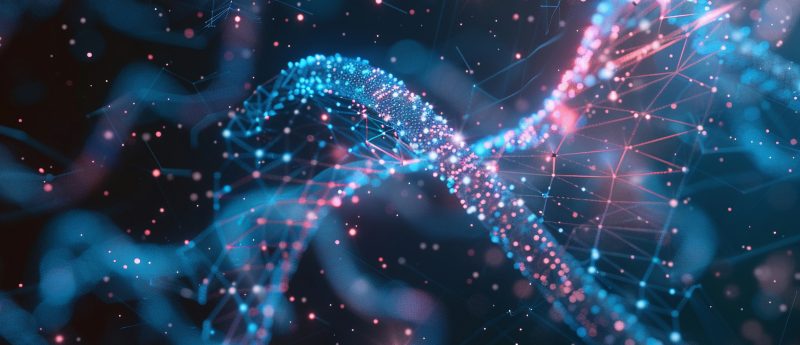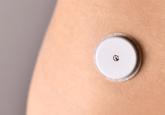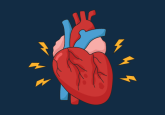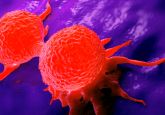Turn back time: biomarkers used to track anti-ageing therapies benefits found to be misleading

A team from the Centre for Genomic Regulation (Barcelona, Spain) has developed a ‘lifespan machine’ to explore further the effect of vigorous movement cessation (VMCs) biomarkers on aging and whether interventions are effective.
The mystery behind aging and death has still not been solved. We know that external factors such as exercise, stress and diet all have an impact on our lifespan but the underlying processes behind aging still remain unanswered as to their origin. Cells don’t revolve around chronological time and thus our organs and tissue may age more rapidly or slowly, despite the passing of time. This is why scientists are searching to develop a way to measure the ‘biological age’ of human cells because, in theory, discovering biomarkers responsible for aging could aid in measuring health and revolutionize how medicine is practiced, as the ability to track biological age would become possible.
Yet, there is no validated, highly predictive and accurate test for biological aging to date due to the lack of understanding of what causes aging, thus it cannot be measured. Additionally, conclusive progress in this part of the field requires validating biomarkers across a patient’s lifetime, near impossible due to human life expectancy.
Researchers from the Centre for Genomic Regulation (CRG) looked toward monitoring the components of aging and how these can be measured in the nematode C. elegans, due to its short lifespan making behavioral and lifespan data simpler to collect. Nematode C. elegans start their adulthood exploring their environment but over time starts to slow and stop crawling, which is a later behavioral stage known as vigorous movement cessation (VMC). VMC has been found in previous studies to be a powerful predictor of the worm’s lifespan but has been found to also be disproportionately affected by interventions designed to alter aging compared to lifespan and visa versa. As a result, the team wanted to explore further why this occurs and what this means for the aging process in humans.
You may also be interested in:
- Systematic optimization of targeted and multiplexed MS-based screening workflows for protein biomarkers
- Mitigation strategies for the biological matrix supply chain: an interview with Mark O’Dell
- Tips and best practices to optimize your exosome labeling
The team at CRG has developed a device, the ‘lifespan machine’, which has the capacity to track the life and death of tens of thousands of nematodes simultaneously. As the worms are observed by the device throughout their lifespan, nematodes are imaged once every hour in order to collect data at an unmatched statistical resolution and scale. The results found were that nematodes have at least two partially independent aging processes occurring at the same time – one that determines VMC and the other that determines the time of death. Therefore, it was found that in individuals for which VMC occurred at a rapid rate, so did the time of death and visa versa, revealing that each individual nematode has at least two distinct biological ages.
The researchers made the finding by developing a genetic tool that lets them control the nematodes’ rate of aging – in essence choosing an average lifespan for the population that can range from between two weeks and a couple of days. The tool works by tagging RNA polymerase II with a small molecule. The worms were fed different amounts of the hormone auxin, which finely controls the activity of RNA polymerase II, which in turn changes their lifespan.
Although humans are much more complex than nematodes, the study has shown how multiple, independent aging processes can work alongside each other to trigger various parts of the animal to age at different rates. Thus, challenging the preconceived belief that animals have a single, unitary measure of biological age that can be symptomatic of an individual’s overall health. The study also found that no matter what lifespan-altering interventions or mutations they gave to the nematodes, the correlation between the biological ages remained constant – suggesting a hierarchical structure that can regulate the worm’s aging process has yet to be discovered.
The study disputes an integral assumption of aging biomarkers, that when interventions such as exercise or diet ‘rejuvenate’ a biomarker, it’s a positive sign that the underlying biology of aging has likewise altered.
Dr Nicholas Edward Stroustrup, Group Leader at the Centre for Genomic Regulation commented:
“Our model shows that biomarkers can be trivially decoupled from outcomes because they measure an aging process that is not directly involved in the outcome but simply correlates with it in a system of hierarchical processes […] In simple terms, just because two parts of an individual tend to correlate in their biological age across individuals, it doesn’t mean that one causes the other, or that they are likely to involve shared aging mechanisms.”
Dr Stroustrup concluded:
“Biomarkers used to assess biological age can be changed without actually turning a ‘fast ager’ into ‘slow ager’. Researchers should focus on measuring the effect of interventions on functional outcomes rather than assuming that changes in biomarkers will predict outcomes in a straightforward way,”
Sources: Oswal N, Martin OMF, Stroustrup S, Bruckner MAM, Stroustrup N. A hierarchical process model links behavioral aging and lifespan in C. elegans. PLoS Comput Biol. 18(9), doi: 10.1371/journal.pcbi.1010415 (2022). EurekAlert press release, www.eurekalert.org/news-releases/965792






